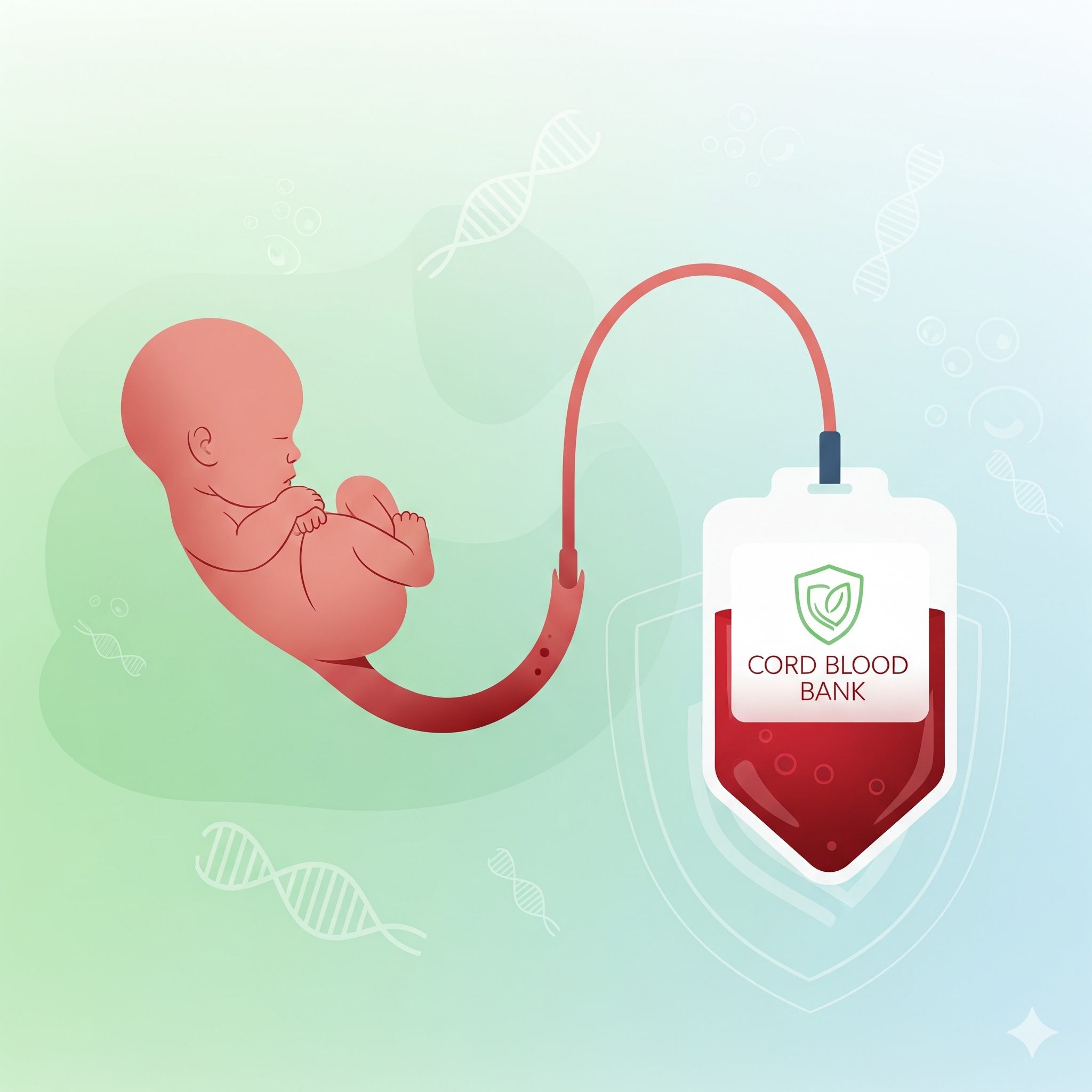Stem Cell Therapy for Type 1 Diabetes

There are more than 8 million people worldwide have type 1 diabetes. Type 1 diabetes is an autoimmune disease that results from the destruction of insulin-producing beta cells in the pancreas and impacts lives.
Type-1 diabetes is one of a kind of disease which can never be cured. Its symptoms can be controlled with insulin injections and regular monitoring. However, stem cell therapy can be used to cure Type 1 diabetes because these cells have regenerative properties.
Are you interested in learning more? Let’s see how stem cell therapy can help in curing Type 1 diabetes.
What is Stem Cell Therapy?
Stem cell therapy provides the best solution by replacing the destroyed beta cells. The stem cellshave the potential to transform and mature into any form of specialized cell, including the insulin-producing cells. These cells may be introduced into the body and then moved to the affected pancreas to assist in the regeneration of lost Beta cells, leading to insulin production.
How Stem Cell Therapy Works?
Stem cell therapy for Type 1 Diabetes usually requires extracting stem cells from sources such as bone marrow or umbilical cord tissue. The cells collected from umbilical cord are better and more efficient as compared to other sources. These cells are then cultured and ready for re-infusion into the patient. Once inside the body, the stem cells may:
- Differentiate into Beta Cells: Stem cells can differentiate into insulin-producing cells, which will directly help treat the primary cause of type 1 diabetes.
- Modulate the Immune System: MSCs possess immunosuppressive capabilities that may help shield the newly developed beta cells from being attacked by the immune system.
- Reduce Inflammation: Stem cells can also diminish inflammation in the pancreas and prepare the appropriate environment for the regeneration of the beta cells.
Challenges and Future Directions
Stem cells can prove quite beneficial for people struggling with type 1 diabetes. However, the use and practice are still in research and need more clinical trials. Ongoing research and development can further strengthen the use of this groundbreaking technology.
One potential problem is that the body may reject the transplanted stem cells if they come from a different source than the patient’s own tissues. This can lead to difficulty completing the treatment. Also, the therapy costs a lot of money and is not easily accessible to many patients.
That’s why it is best if parents can bank their children’s stem cells at birth. These stem cells have a reduced chance of being rejected and are easy to use during emergencies.
Stem Cell Therapy: A Promising Future
Stem cell therapy for Type 1 Diabetes could be a viable option for replenishing insulin production naturally, providing less dependence on insulin injections, and offering better control over the disease.
While stem cell therapy is expensive, Cryoviva offers affordable stem cell banking plans with flexible financing options. Contact Cryoviva Life Sciences today to learn more about stem cell therapy and how it can help you or a loved one.









 Enquiry
Enquiry
 Email
Email Phone
Phone
 Whatsapp
Whatsapp